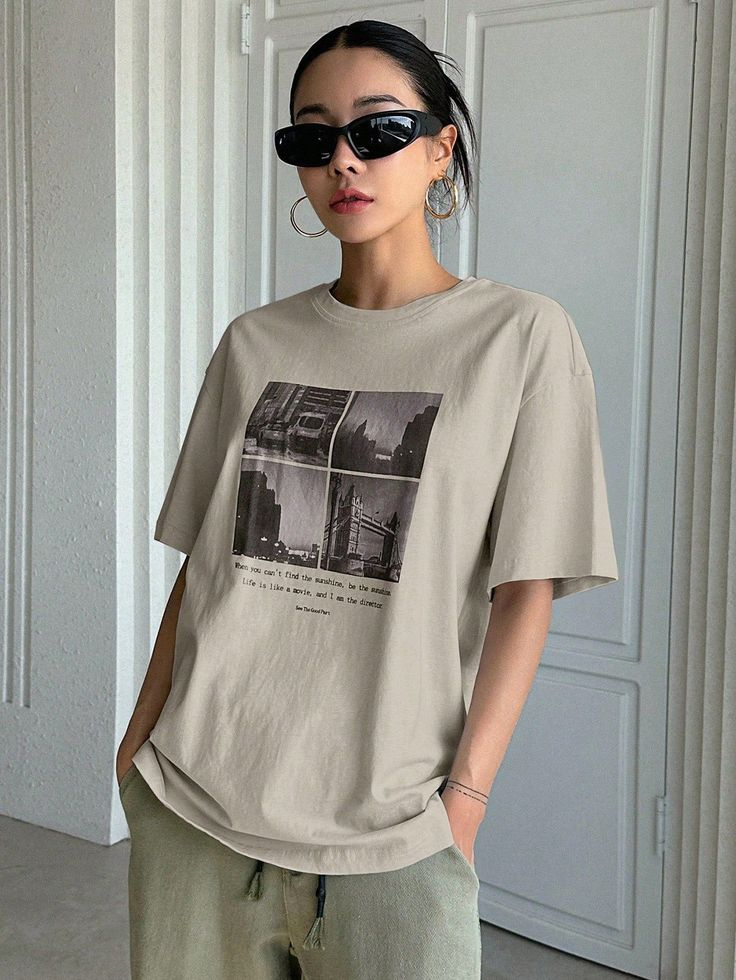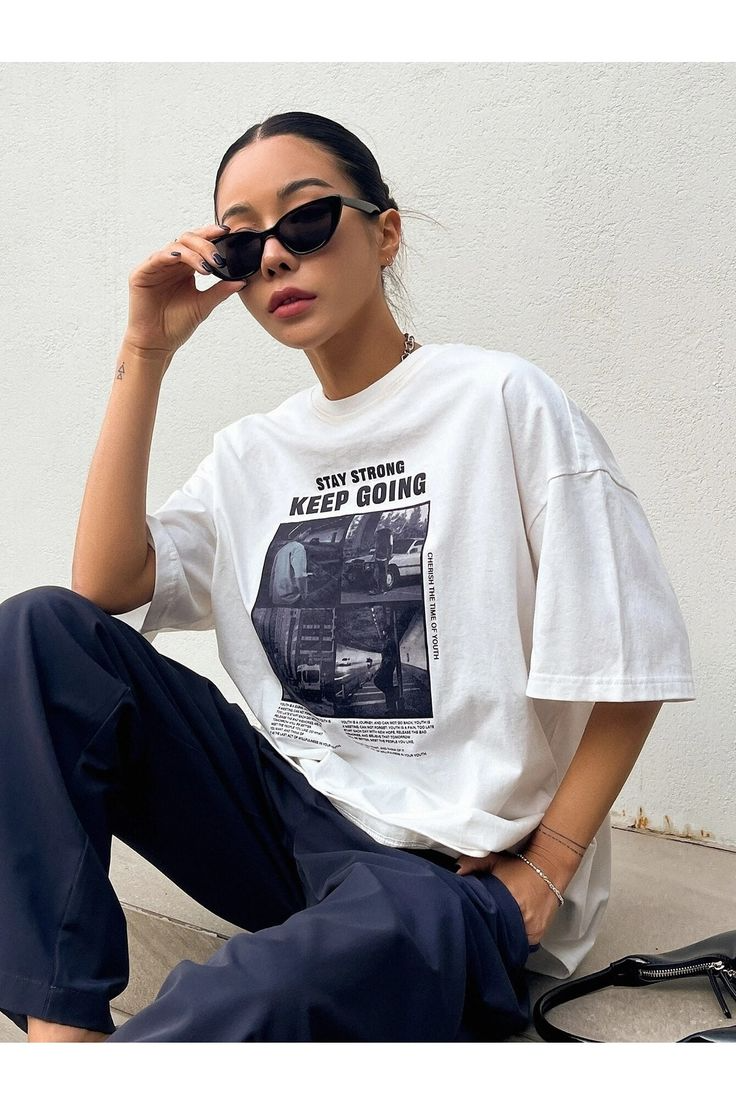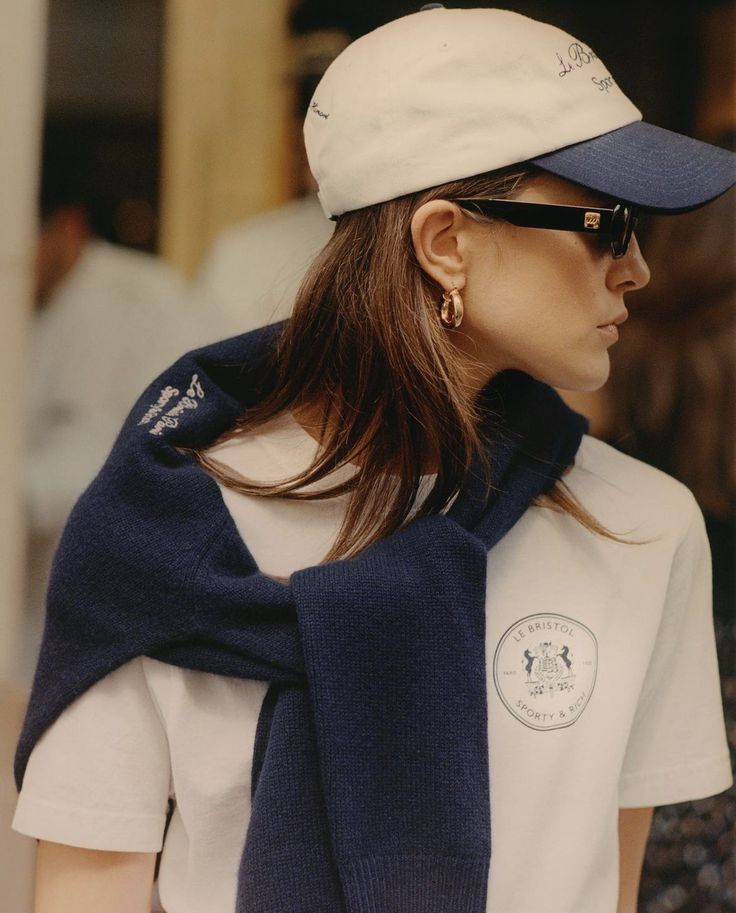
T-shirt: A Cultural and Fashion Icon in the Modern World
- No Comments
The T-shirt, a garment so simple in design yet so profound in its impact, has become a staple in wardrobes worldwide. It is no longer just a basic, functional piece of clothing—it has evolved into a symbol of self-expression, style, and cultural significance. What started as an undergarment for military personnel has morphed into a global fashion icon, representing everything from political movements and social causes to individual identity and popular culture. Today, T-shirts are worn by people from all walks of life, and their versatility, accessibility, and rich history make them a fascinating subject to explore.
In this article, we will dive into the history, significance, and evolution of the T-shirt, examining how it has become a global symbol of comfort, fashion, and social commentary. We will explore its origins, the role it plays in modern fashion, its impact on various cultural movements, and its future in an increasingly environmentally conscious world.
The History and Evolution of the T-shirt
The Humble Beginnings
The T-shirt as we know it today has humble beginnings. It was originally designed in the late 19th century as an undergarment for U.S. Navy sailors. The early T-shirt design featured a short-sleeved, round-neck shirt made from cotton, which was a breathable and comfortable fabric for the warm climates the sailors often encountered. The simple, functional nature of the T-shirt made it ideal for its original purpose—worn beneath the navy uniform to provide comfort and ease during long days at sea.
As the T-shirt proved to be a practical piece of clothing, it slowly began to find its way into civilian wardrobes. In the early 20th century, as industrialization grew, T-shirts gained wider acceptance as a standard piece of clothing, especially among working-class men. They were inexpensive, easy to wear, and could be cleaned and maintained with minimal effort, making them ideal for labor-intensive jobs.
From Undergarment to Outerwear
It wasn’t until the 1920s that T-shirts began to be worn as outerwear. The rise of leisure activities, particularly in the U.S., encouraged people to wear casual clothing for relaxation and comfort. The T-shirt’s simple design made it a great option for informal settings. As time went on, it began to be worn by athletes and outdoor workers as a way to stay cool in the heat.
The turning point in the T-shirt’s journey to mainstream popularity came in the 1950s. Hollywood icons like Marlon Brando and James Dean famously wore T-shirts in movies such as A Streetcar Named Desire and Rebel Without a Cause. Their portrayal of youthful rebellion, masculinity, and nonconformity while wearing T-shirts helped cement the garment’s association with coolness, independence, and defiance.
The Rise of T-shirts in Pop Culture
T-shirts as a Symbol of Rebellion and Youth Culture
Throughout the 20th century, T-shirts became increasingly associated with youth culture and rebellion. The 1960s and 1970s were marked by various counterculture movements, and T-shirts became a powerful tool for self-expression. Activists used T-shirts as a way to promote messages of peace, civil rights, and political change. The slogan “Make Love, Not War” emblazoned on T-shirts became iconic during the anti-Vietnam War protests, while other T-shirts promoted messages of equality and justice during the Civil Rights Movement.
At the same time, the growing popularity of rock ‘n’ roll, punk, and hip-hop cultures also helped the T-shirt maintain its status as a cultural symbol. Music bands began selling T-shirts as merchandise, and fans wore them as a badge of honor, showcasing their allegiance to a particular group or movement. This shift in cultural significance turned the T-shirt into not just a piece of clothing, but a form of identification.
T-shirts in Advertising and Branding
As the 20th century progressed, businesses and companies began to recognize the marketing potential of the T-shirt. It became a popular method for advertising, with businesses printing their logos and slogans on T-shirts to promote their brands. For example, the Coca-Cola brand gained massive visibility with T-shirts that featured their iconic logo. This commercialization of the T-shirt transformed it into a walking advertisement, allowing companies to reach a broader audience.
Moreover, the fashion industry embraced T-shirts as part of the modern wardrobe, with designers creating high-end versions of the garment made from premium materials and incorporating sophisticated designs. T-shirts became a popular item in both casual and luxury fashion, offering a versatile piece of clothing that could be dressed up or down.
The Art of T-shirt Design
Graphic T-shirts and Self-Expression
T-shirts have always been more than just a basic garment—they are a canvas for personal expression. With the rise of graphic design and printing technology, T-shirts have become an ideal medium for showcasing personal identity. In the 1980s and 1990s, the emergence of graphic T-shirts became a cultural phenomenon. These shirts featured everything from band logos and pop culture references to political slogans and abstract designs. The widespread popularity of graphic T-shirts allowed people to express their individuality and communicate their beliefs without saying a word.
The advent of screen printing and digital printing also allowed for a more diverse range of designs to be printed on T-shirts. Artists, designers, and illustrators began collaborating with fashion brands to produce one-of-a-kind designs that often told stories or conveyed specific messages. This gave rise to the trend of “limited edition” graphic T-shirts, which are highly sought after by collectors and fashion enthusiasts.
The Influence of Subcultures
As the T-shirt gained popularity, various subcultures also began to influence T-shirt designs. Punk rock, skate culture, hip-hop, and streetwear all adopted T-shirts as their uniform of choice, each imprinting its own values and visual aesthetics onto the garment. The use of bold, aggressive designs, logos, and motifs helped T-shirts become synonymous with rebelliousness, individuality, and nonconformity.
Streetwear designers like Supreme, Off-White, and BAPE have turned T-shirts into exclusive fashion items. Through limited edition collaborations and high-profile celebrity endorsements, these brands have elevated the T-shirt from a humble piece of clothing to a status symbol. The T-shirt has thus become an essential part of street fashion, urban culture, and luxury fashion, solidifying its place in both the mainstream and underground.
The T-shirt’s Role in Modern Fashion
The T-shirt as a Timeless Wardrobe Essential
Today, the T-shirt is one of the most essential pieces of clothing in the modern wardrobe. It has become a versatile item that can be worn in a variety of settings, from casual outings to semi-formal events. The adaptability of the T-shirt is one of the reasons for its lasting popularity. It can be dressed up or down, depending on the occasion, and its simplicity allows it to be paired with nearly anything—whether it’s jeans, skirts, shorts, or even suits.
Fashion designers continue to incorporate T-shirts into their collections, exploring different cuts, fabrics, and styles to create new versions of the classic garment. From oversized T-shirts to tailored T-shirts, the range of options available ensures that there is a T-shirt for everyone, regardless of age, body type, or personal style.
T-shirts and Sustainability
While T-shirts are incredibly popular, their environmental impact has become a growing concern. The fast fashion industry, which relies on mass-producing inexpensive clothing, has contributed significantly to textile waste and environmental degradation. T-shirts, as one of the most commonly produced garments, are often made from unsustainable materials like conventional cotton or synthetic fibers. The high demand for cheap T-shirts leads to overproduction, which in turn contributes to waste and pollution.
However, as awareness about the environmental impact of the fashion industry grows, many brands are shifting toward more sustainable practices. Organic cotton, recycled materials, and eco-friendly dyes are becoming more common in T-shirt production. Moreover, some brands focus on ethical production methods, ensuring that workers are paid fair wages and work in safe conditions.
Consumers are also becoming more conscious of their clothing choices. Sustainable fashion movements, such as slow fashion, encourage people to invest in high-quality garments that are made to last, rather than purchasing cheap, disposable T-shirts. Additionally, clothing recycling programs and second-hand shopping are gaining popularity as ways to reduce the environmental impact of fashion.
The Future of T-shirts
Innovation and Technology
As technology continues to advance, so too does the potential for innovation in T-shirt design and production. In the future, we may see T-shirts made from cutting-edge materials that are more sustainable, durable, and comfortable. Advances in textile science could lead to fabrics that are not only eco-friendly but also self-cleaning or capable of regulating body temperature, enhancing the T-shirt’s practicality and functionality.
Moreover, digital printing technology is expected to continue improving, allowing for even more intricate and customizable designs. This could lead to an era where T-shirts are entirely personalized and tailored to individual tastes and preferences.
T-shirts and the Digital Age
In the digital age, T-shirts have become even more ingrained in online culture. The rise of social media and online platforms like Instagram and TikTok has turned graphic T-shirts into viral fashion items. Influencers, celebrities, and everyday users often share photos of themselves wearing unique or statement-making T-shirts, further cementing the garment’s place in popular culture.
T-shirts are also increasingly being used to promote digital communities and online movements. From hashtags to meme culture, T-shirts have become tools for people to showcase their participation in online trends, movements, and causes.
Conclusion
T-shirts are more than just clothing; they are a global symbol of self-expression, cultural identity, and social change. From their modest origins as a piece of military undergarment to their evolution into a fashion and cultural icon, T-shirts have come to represent much more than just comfort and simplicity. They reflect the values, interests, and beliefs of the people who wear them, offering a canvas for creativity and personal expression.
As fashion continues to evolve, the T-shirt will undoubtedly remain a fundamental part of our wardrobes. Whether it’s in the context of luxury fashion, streetwear, political activism, or sustainable fashion, the T-shirt’s adaptability ensures its place in the future of style. As we move toward a more conscious and sustainable world, the T-shirt will continue to play an important role in shaping both our fashion choices and our values.
Previous Post



The Ubiquity and Versatility of T-Shirts

The Evolution and Cultural Impact of the T-Shirt

T-Shirt: Effortless Style Starts Here

